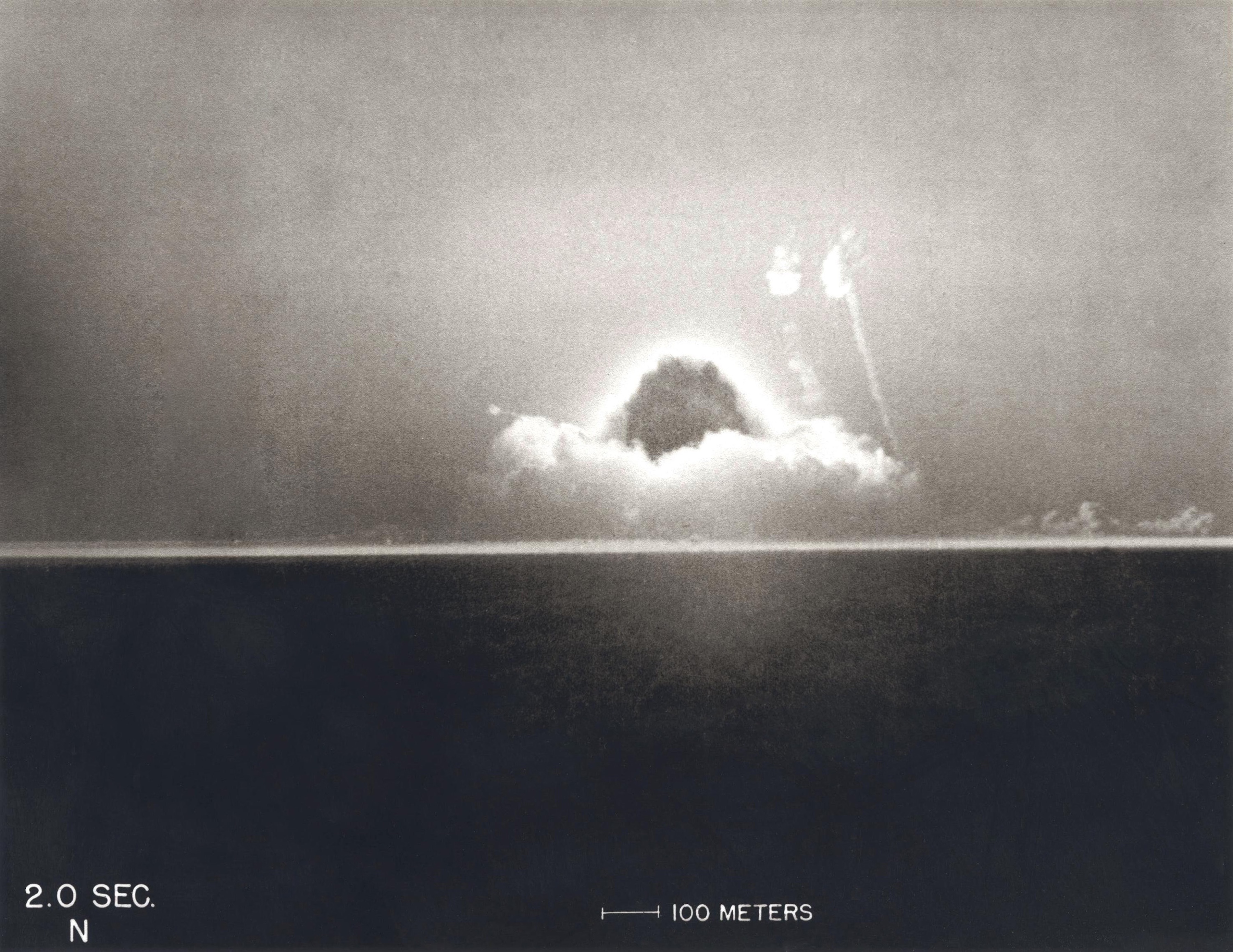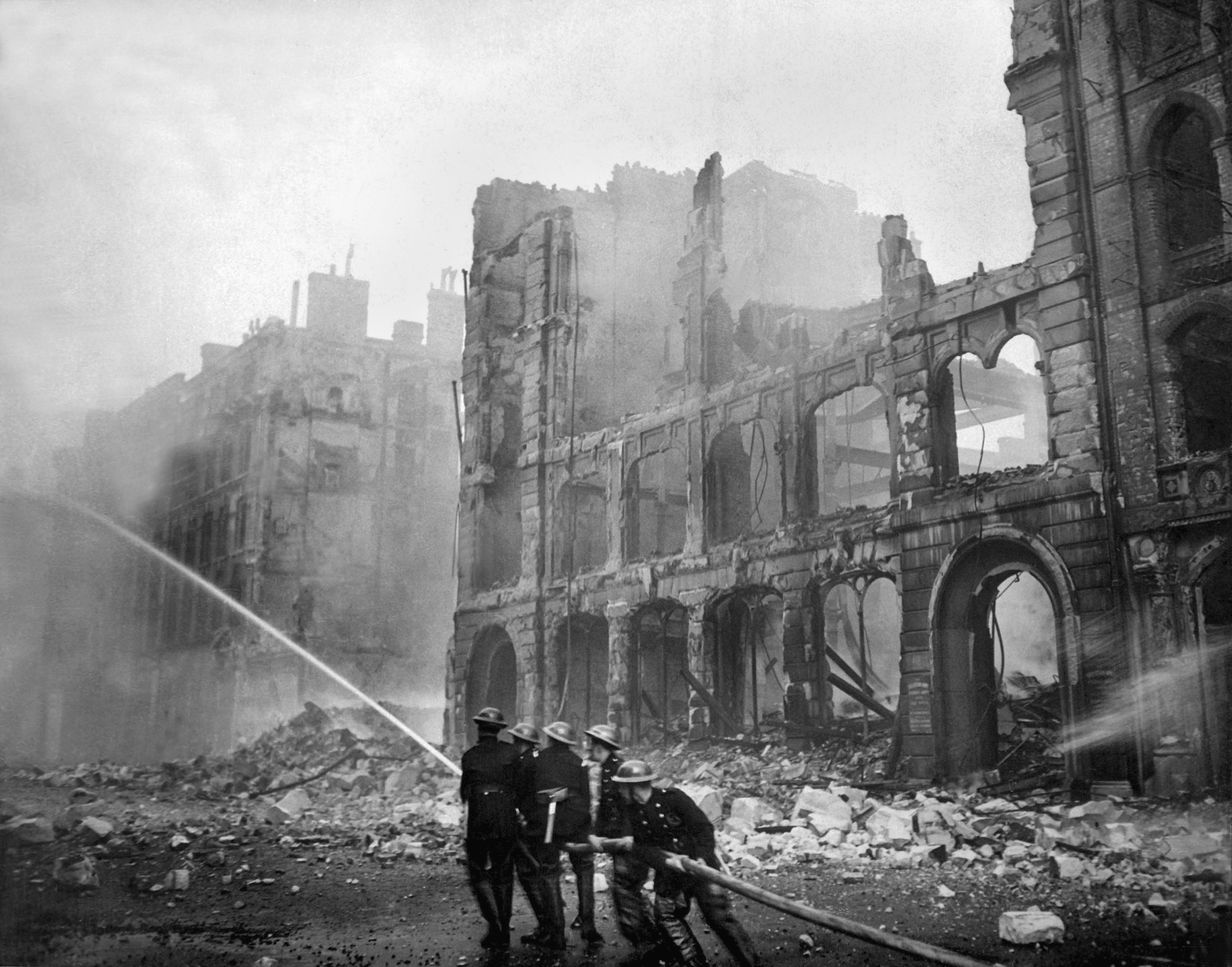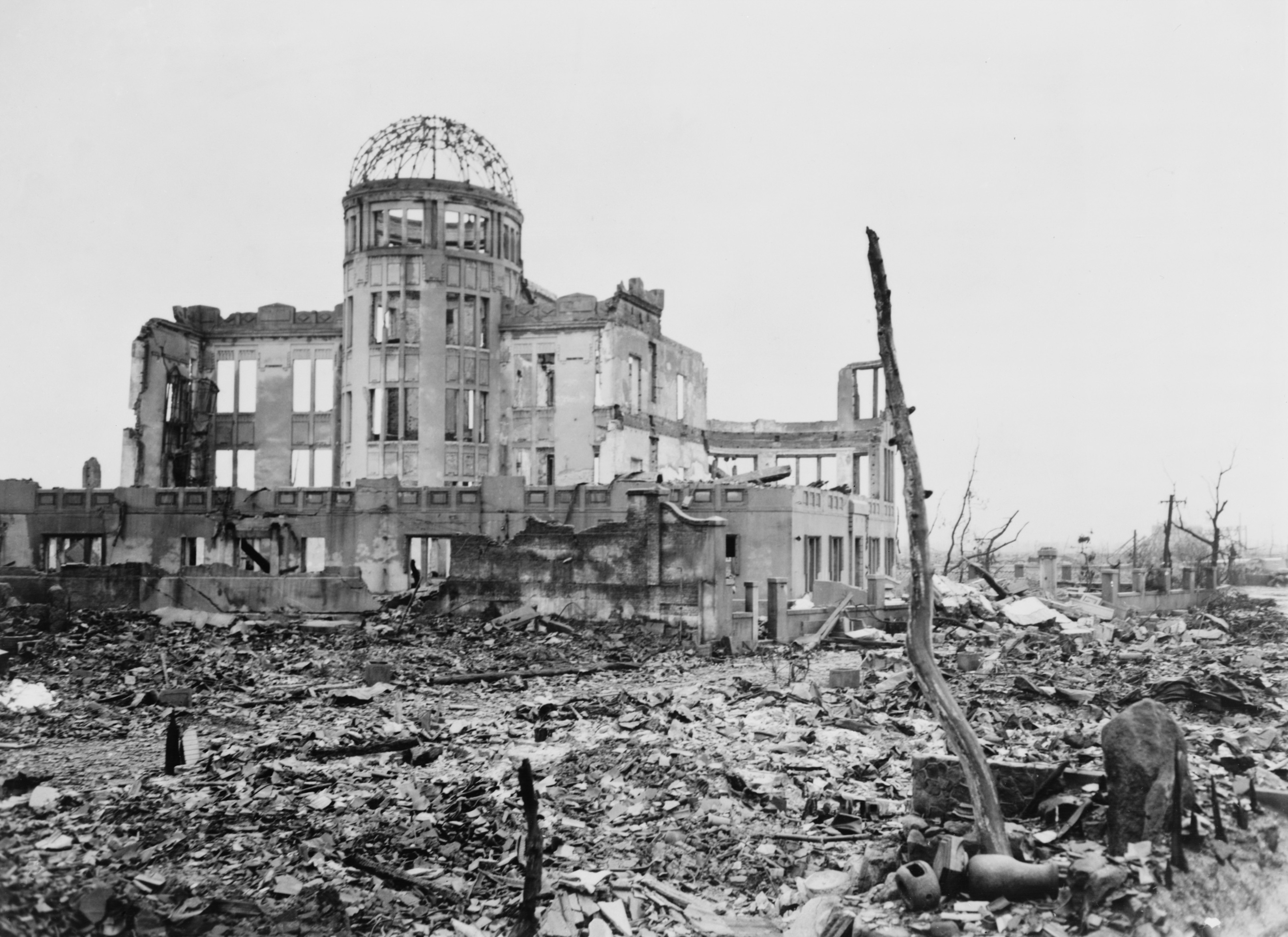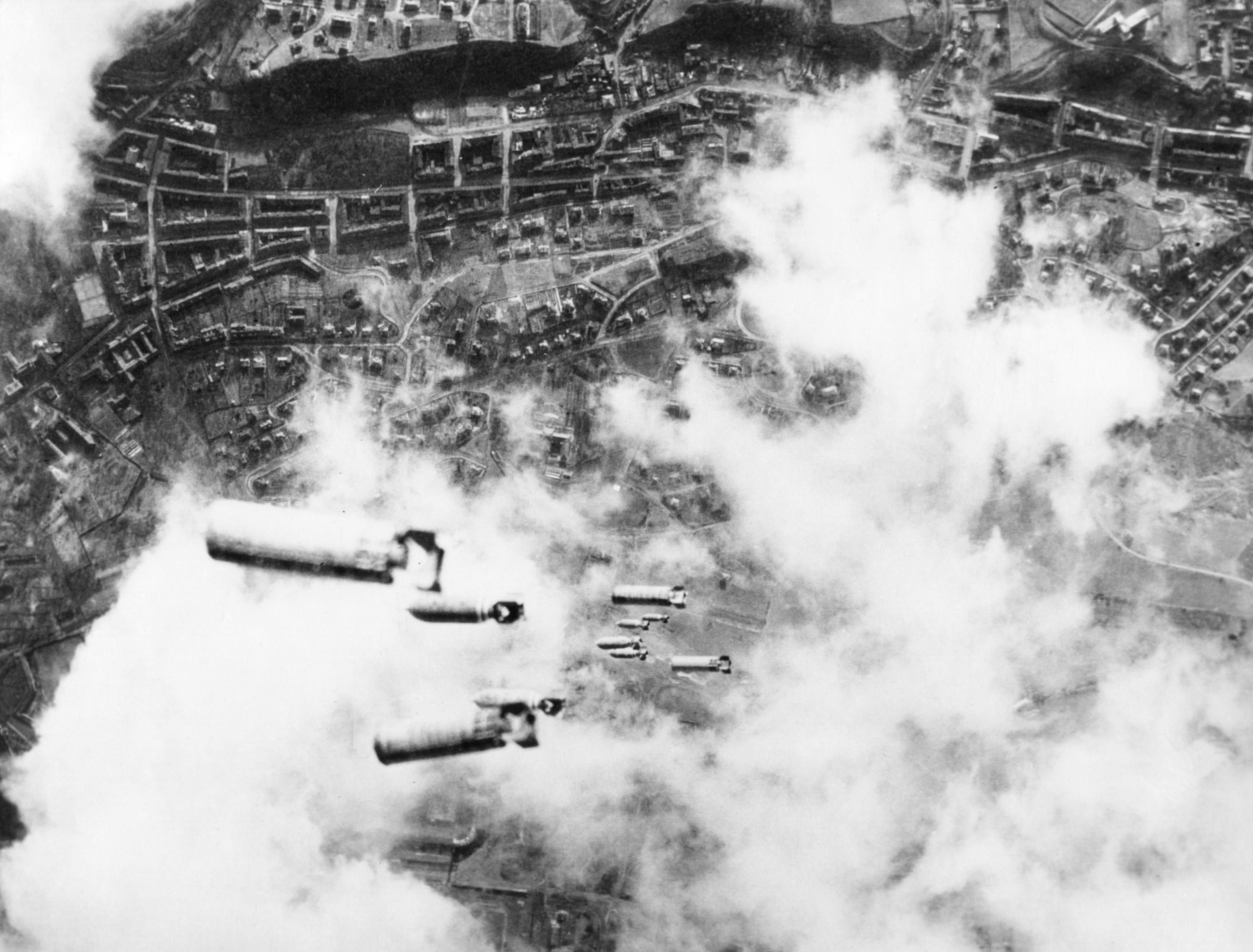The question whether the atom bombing of Hiroshima and later Nagasaki were war crimes is not a simple one to answer. It depends what you mean by “war crime” – legally or morally. The bombings in August 1945 were the first time that atom bombs had been used on large cities. Some people think they ended the war; others think they didn’t – but they were different from anything ever done before. One bomb could demolish an entire city and much of its population in a very short amount of time. Was it a war crime? Strictly legally speaking, perhaps not, since the Geneva Conventions that existed before the war and during WWII did not say much about civilians. They were concerned about what combatants should do about POWs and similar issues. The first time that the Geneva Conventions addressed the matter of violence against civilians was around 1949, and even then it was more about what to do with civilians in occupied countries. In 1977, for the first time, an attack on unarmed civilians in a war was considered to be a war crime. So, legally speaking, it was probably not during WWII.
To talk about the moral consequences and also, of course, the military consequences of using bombs to terrorise the civilian population, you have to go back further than WWII. Arguably, the first time that it was done was in 1920 in Mesopotamia – today’s Iraq – which was then run by the British as a mandate after WWI. There were tribal rebellions in rather remote areas, and the thought of the British at the time – the minister of war was Winston Churchill – was that to use British troops to quell such rebellions would be extremely complicated and very expensive. So, he thought of a quicker and more effective way to put down the rebellion, and that was by bombing villages from the air. It was the first time that bombs were used strictly to terrorise a population into submission, and it was carried out by Squadron Leader Arthur Harris, later better known as “Bomber Harris”, who was responsible for the bombings of Dresden, Hamburg and so on.



